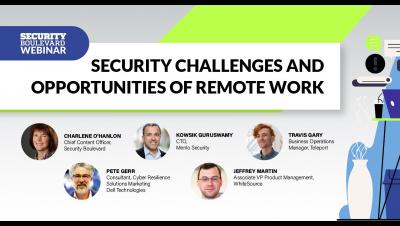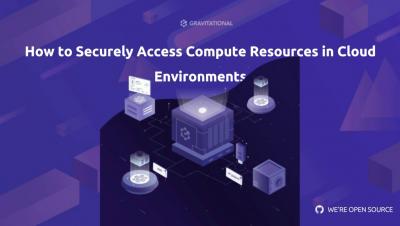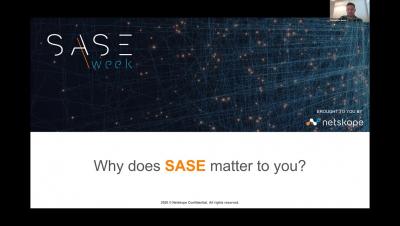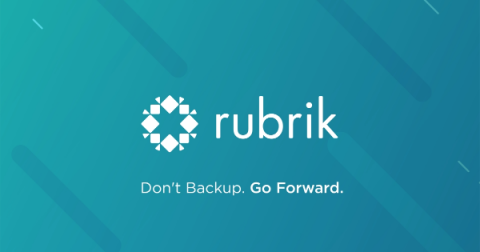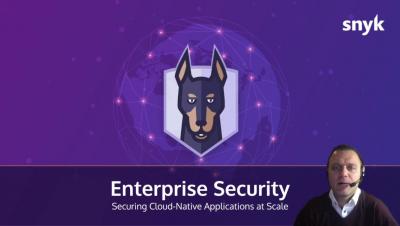Security | Threat Detection | Cyberattacks | DevSecOps | Compliance
Cloud
Who Knows When, Or If, We'll Go Back to the Office? We Must Make Good Security Moves Regardless.
The management consulting firm Korn Ferry recently surveyed professionals about what they were most looking forward to when they return to the office, and more than 20 percent of them said “nothing.” (No kidding.) Some 64 percent of respondents are cited as saying that they’re more productive at home. (Not surprised.)
Microservices, Containers and Kubernetes in 10 minutes
What is a microservice? Should you be using microservices? How are microservices related to containers and Kubernetes? If these things keep coming up in your day-to-day and you need an overview in 10 minutes, this blog post is for you. Fundamentally, a microservice is just a computer program which runs on a server or a virtual computing instance and responds to network requests.
Applying 3 Practical Lessons from the SolarWinds Breach
It’s been more than a month since the SolarWinds breach first started dominating security headlines, and we’re still learning new details about the attacks and the organizations affected. Even as the discussion quiets down, it’s easy to imagine we’ll still be looking back and analyzing the full effects of these incidents in much the same way we talk about other seminal breaches and security events from the past 20 years.
15 minute demo | Teleport Cloud | SSH | Kubernetes | Application access
How to Securely Access Compute Resources in Cloud Environments
SASE 101 for Security Practitioners
Be Ready for Anything with VMware Cloud on AWS
If the pandemic, catastrophic wildfires, record-setting hurricane season, and “murder hornets” of 2020 have taught us anything, it’s to be prepared for any situation. In business, the motto is “hope for the best, plan for the worst.” Should some sort of disaster – cyber or otherwise – strike, organizations need to be prepared to maintain business as usual with a strong disaster recovery plan in place.


